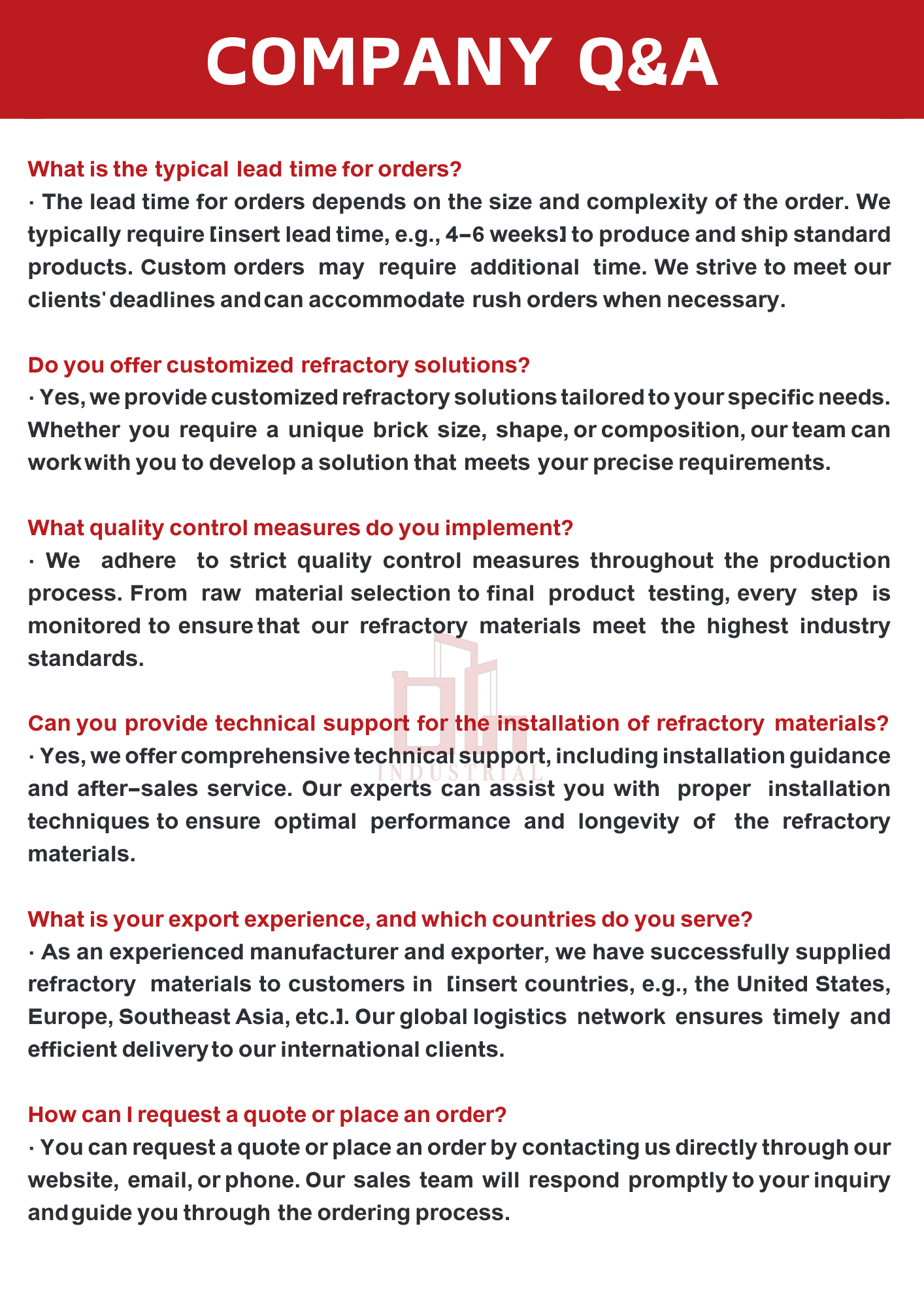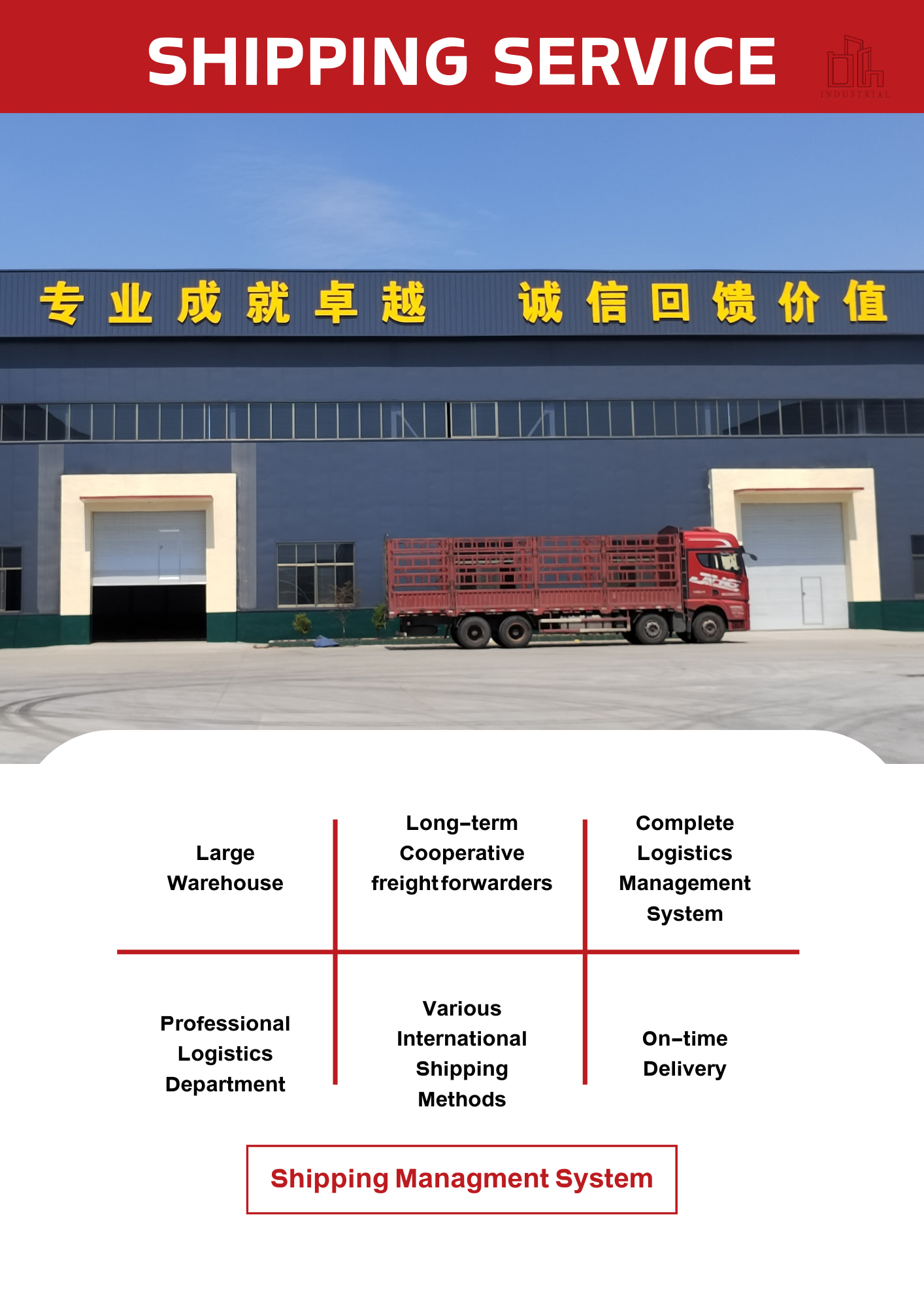Focus on the development of AC transformer and DC transformer series equipment.
AC transformer products: generator transformer, power transformer for power grid, distribution transformer for urban and rural grid (dry distribution transformer, oil-immersed distribution transformer), traction transformer for rail transit, special transformer for industrial metallurgy (furnace transformer, rectifier transformer), etc. DC transformer products: converter transformer. Reactor: Focus on the development of AC shunt reactor and DC smoothing reactor series equipment.
Payment :
In AdvanceProduct Origin :
ChinaShipping Port :
Shanghai PortLead Time :
15 Working daysFocus on the development of AC transformer and DC transformer series equipment.
AC transformer products: generator transformer, power transformer for power grid, distribution transformer for urban and rural grid (dry distribution transformer, oil-immersed distribution transformer), traction transformer for rail transit, special transformer for industrial metallurgy (furnace transformer, rectifier transformer), etc. DC transformer products: converter transformer. Reactor: Focus on the development of AC shunt reactor and DC smoothing reactor series equipment.
A power transformer is a device used in electrical power systems to transfer electrical energy between different voltage levels. It is primarily used to step up or step down the voltage levels to meet the specific requirements of power transmission, distribution, and utilization.
Here are some key points about power transformers:
1. Function: The main function of a power transformer is to transfer electrical energy efficiently from one circuit to another without changing the frequency. It helps in voltage conversion, impedance matching, and isolating electrical circuits.
2. Core and Windings: Power transformers consist of a laminated iron core and two sets of windings—the primary winding and the secondary winding. The core provides a low-reluctance path for the magnetic flux generated by the alternating current (AC) flowing through the windings, while the windings are designed to handle specific voltages and currents.
3. Step-up and Step-down: A step-up transformer increases the input voltage to a higher level at the secondary winding compared to the primary winding, while a step-down transformer decreases the input voltage to a lower level. This step-up or step-down ratio is determined by the turns ratio of the primary and secondary windings.
4. Turns Ratio and Voltage: The turns ratio of a transformer is the ratio of the number of turns in the secondary winding to the number of turns in the primary winding. The voltage ratio is directly proportional to the turns ratio. For example, a transformer with a turns ratio of 1:2 will step up the voltage by a factor of 2 at the secondary winding.
5. Efficiency and Losses: Transformers are designed to operate with high efficiency, typically above 95%. However, they do experience various losses, including core losses (eddy current and hysteresis losses) and copper losses (caused by the resistance of the windings). These losses contribute to the overall heating of the transformer and may require cooling systems to maintain the temperature within safe limits.
6. Cooling Systems: Power transformers are often equipped with cooling systems to dissipate the heat generated during operation. Common cooling methods include natural convection, forced air, and oil immersion. The choice of cooling method depends on the transformer's rating, application, and environmental conditions.
7. Monitoring and Protection: Power transformers are monitored and protected using various devices and systems. These include temperature monitoring, oil level monitoring, Buchholz relay (for detecting internal faults), and protective relays (to protect against overcurrent, overvoltage, and other fault conditions).
Power transformers are essential components in power systems, enabling efficient and reliable transmission and distribution of electrical energy. They come in various sizes and ratings, depending on the application and load requirements.


